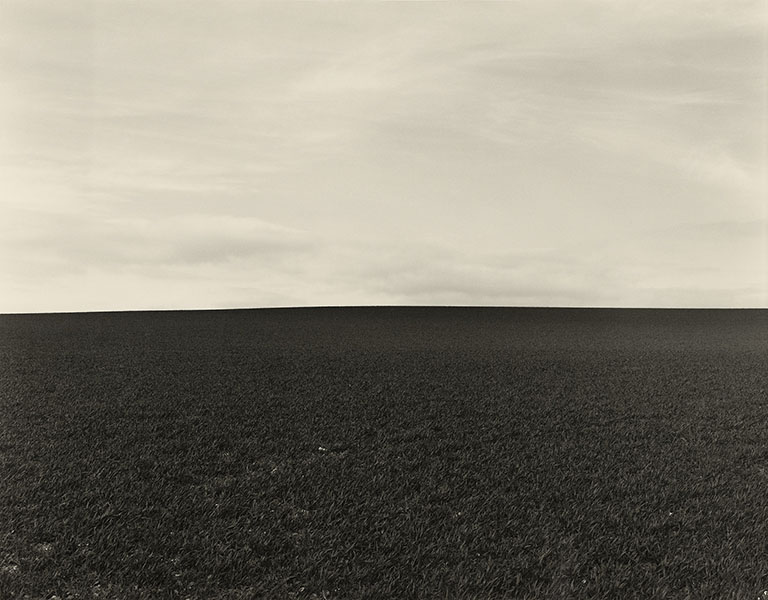
In 1984, the DATAR (Délégation à l'Aménagement du territoire et à l'Action régionale) – the Inter-ministerial Town and Country Planning and Regional Action Delegation — sent 29 photographers from a variety of different backgrounds into the field to "document the French landscape of the 1980s." Beyond simply taking an inventory, each photographer was encouraged to highlight his or her own sensibility to the territory. The idea was to transform what is seen every day into a landscape. Aerial views were prohibited, as were the techniques of photojournalism. This mission became a laboratory with the artists conducting multiple visual experiments. The stakes were high: in a country marked by industrial and urban development, it was a question of capturing landscapes in which a Romanesque church, an electric pole, a phone booth and a gas station could exist side by side. The iconographic French model of the green hillside with the peaceful sky, with the copse of trees, quiet village and church bell-tower was in trouble. Coming from a tradition that took root in the 19th century and developed up through the 1981 election campaign poster of François Mitterrand, this model had become, according to the terms of Jean-François Chevrier, the "mask of the charming landscape", that the photographers were trying to remove.
The DATAR Photographic Mission was heir to the emblematic projects of the history of photography, such as the 1851 Mission héliographique (Heliographic Mission) sponsored by the Commission des Monuments historiques (Historic Monuments Commission) or the 1935-1942 Farm Security Administration's portrayal of the America of the Great Depression. It also adopted the spirit and aesthetics of photos presented in the 1975 New Topographics exhibition in the U.S., a pivotal show which, by the importance it attributed to daily life and the ordinary, contributed to renewing the imaginary world of the American landscape. Likewise, the contributions made by Conceptual Art and Land Art research should not be overlooked.
By both its extent and its singularity, the DATAR project, rapidly acquired mythical status and certain images have become representative of an epoch. Deposited at the Bibliothèque nationale de France (BnF), the images have never been exhibited in their entirety. Therefore, almost thirty years later, their presentation, constitutes an unprecedented event.
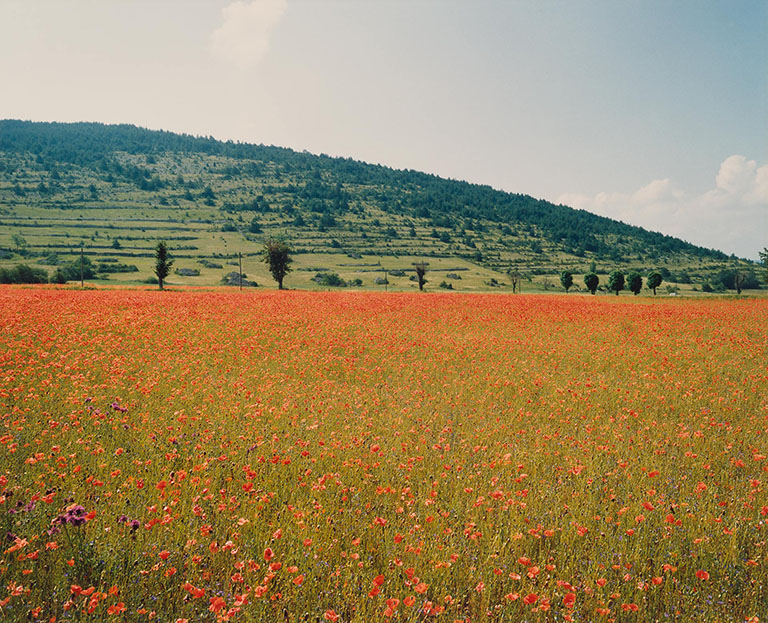
Frank Gohlke
Champ de coquelicots, causse Méjean près de Caussignac (Lozère), 1987
In its commonly accepted definition, the term landscape refers to the rural aspects of the territory, covered by fields and forests and dotted here and there with little villages. With this image, the American Frank Gohlke creates a timeless, almost bucolic portrayal of this point of view.
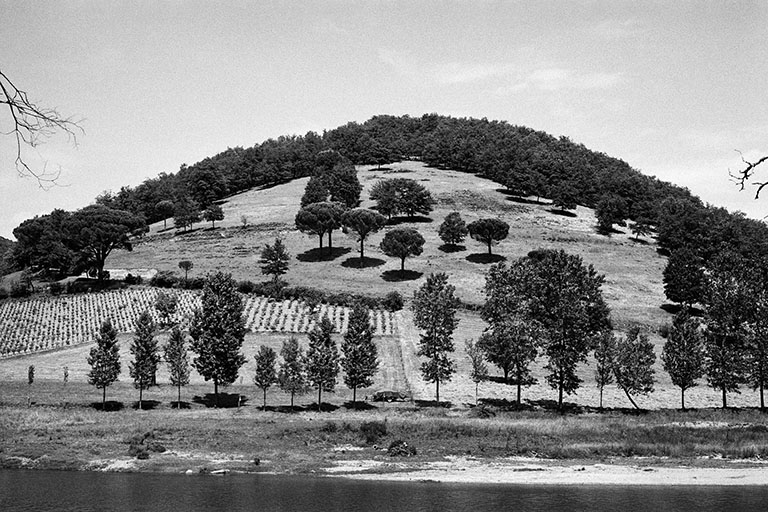
Pierre de Fenoÿl
10/7/87, 14h, Tarn, 1987
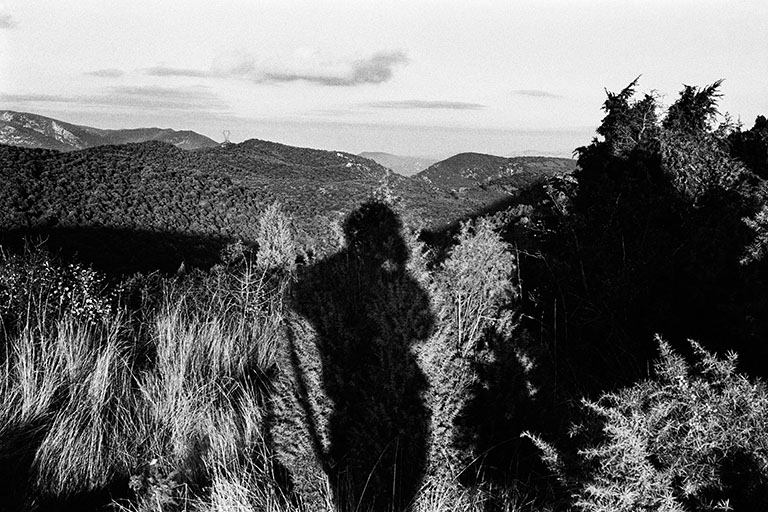
Pierre de Fenoÿl
23/9/84, 18h, Montagne noire (Tarn), 1984
The photographers commissioned by the DATAR were given full freedom. They were not required to make a clean sweep of the past. Quite the contrary. For the artists, it was a question of working—either in continuity or in discontinuity—with the visual heritage that had, since the 19th century, contributed to building a representation of the national landscape.
Pierre de Fenoÿl expands on this bucolic vision by selecting high-contrast views with precise contours. His landscapes, moreover, entertain a special relationship with time and he calls his images "chronophotography."
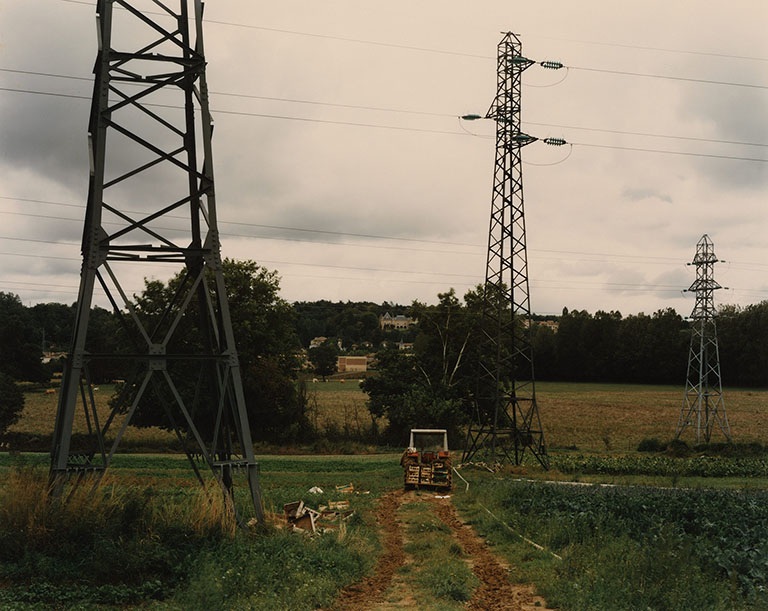
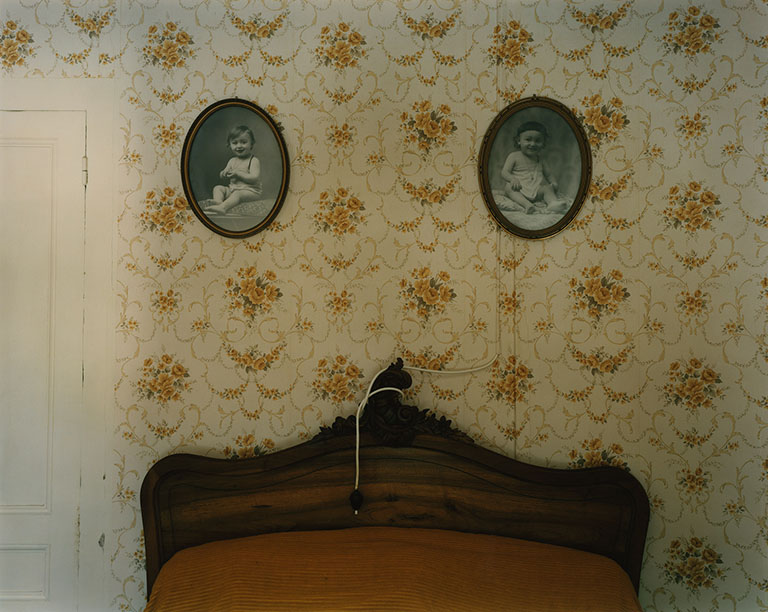
Raymond Depardon
Série « La Ferme du Garet, dans la plaine de la Saône »
Raymond Depardon casts a critical and tender eye on the farm of his childhood— "La Ferme du Garet"— where close-ups in the intimacy of the family home alternate with views of the property, the fields and the animals. In this landscape, dominated by a peaceful silence that doesn't quite ring true, the signs of contemporary urbanism creep into the frame: electric lines crisscross the sky and sheet-metal quadrilaterals obscure the horizon.
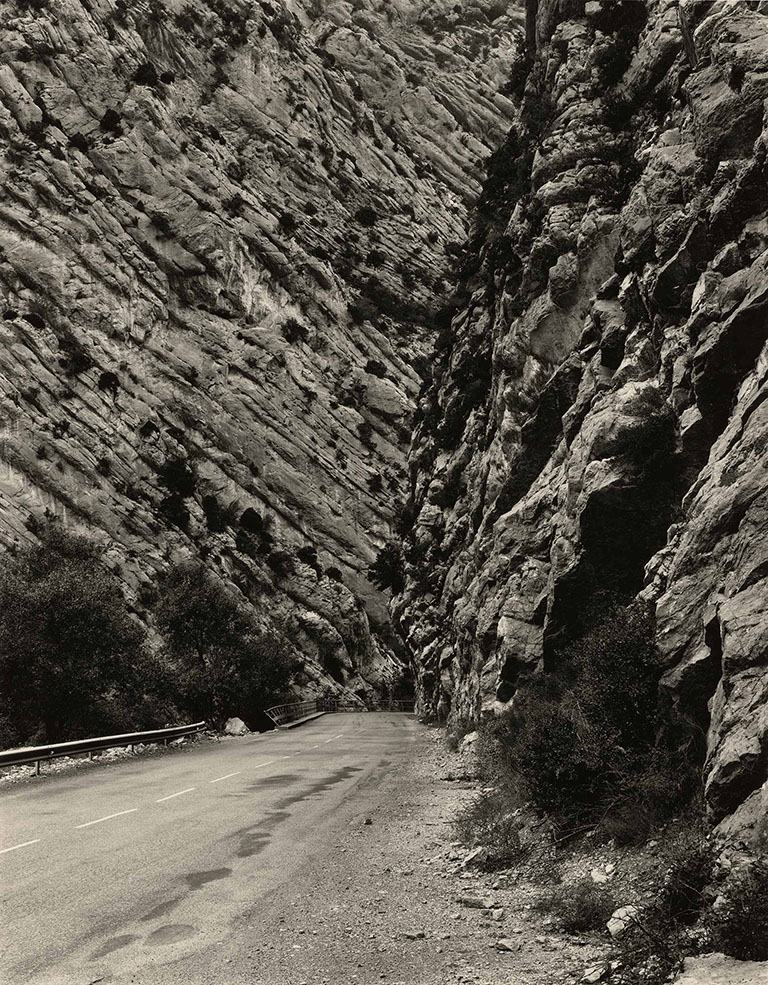
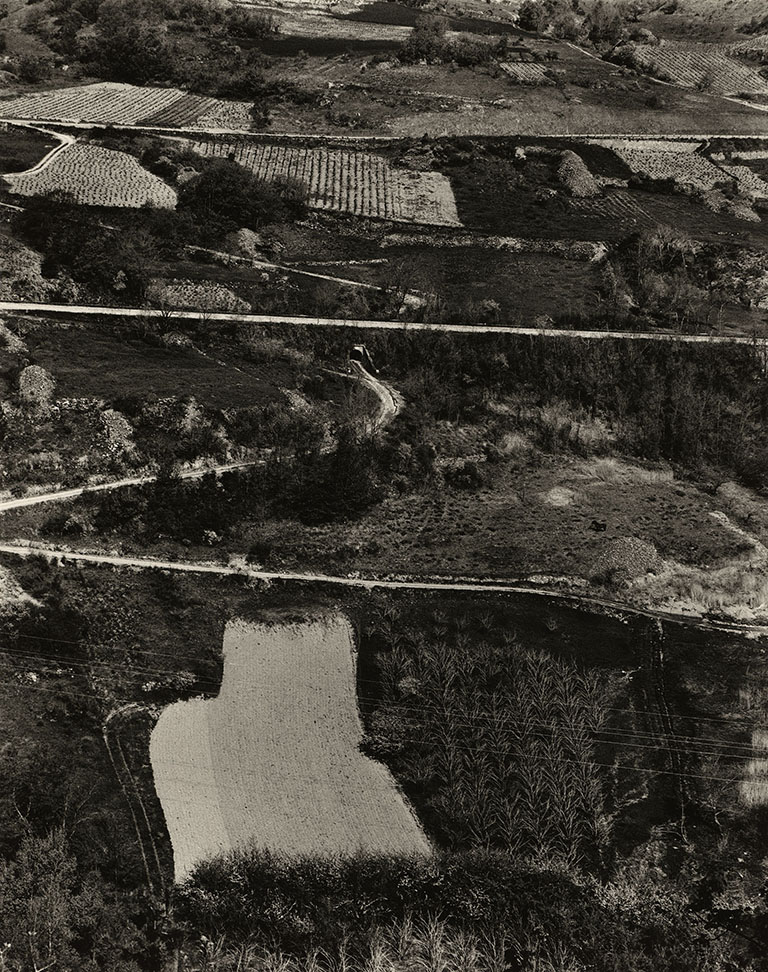
Sophie Ristelhueber
« Ouvrages d’art et paysages en montagne »
Sophie Ristelhueber's images masterfully portray the development of roadworks and engineering projects. From edge to edge, the grid of roadways and railways imposes itself on the image, cutting up the relief as a symbolic testimony to the power of planners and developers.
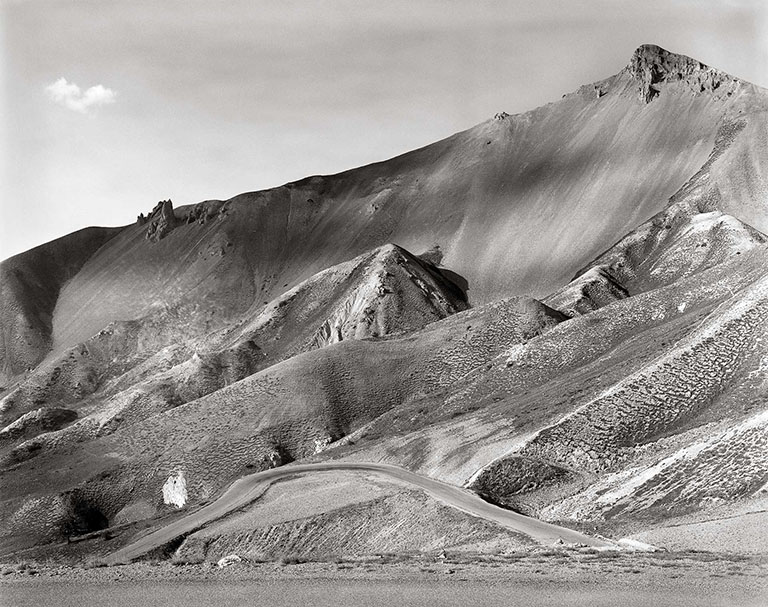
Alain Ceccaroli
Col d’Izoard (Hautes-Alpes), 1985
The road of Alain Ceccaroli is much more serpentine in character, hugging the curves of the terrain, slithering discretely into the topographic folds.
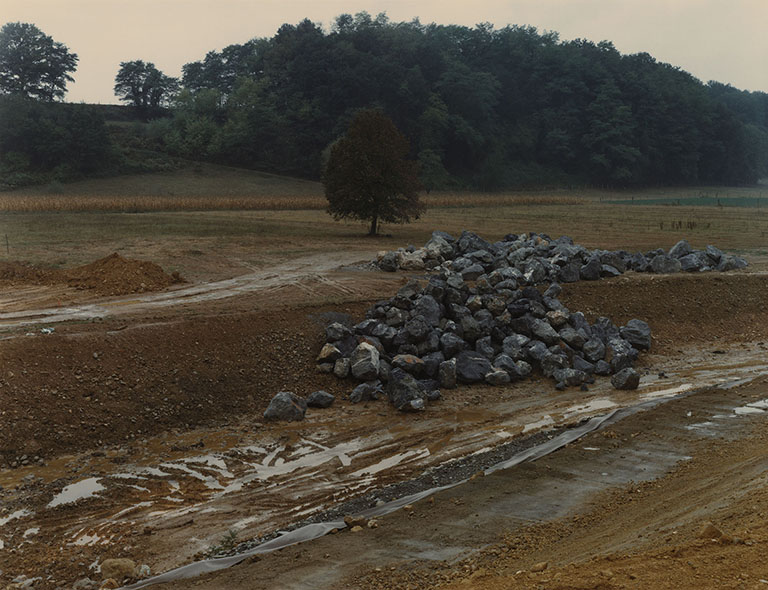
Jean-Louis Garnell
Abords du viaduc de l’arrêt Darré, RN 17, environs de Tarbes (Hautes-Pyrénées), 1987
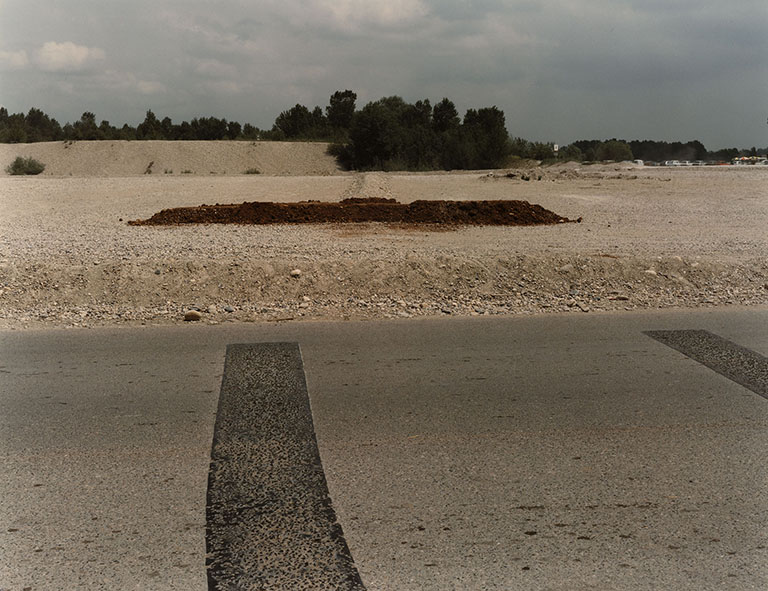
Jean-Louis Garnell
Parc de loisirs de Miribel-Jonaye, Lyon (Rhône), 1988
Jean-Louis Garnell examines the urban banality of anonymous yet familiar places. From traffic-circle to construction sites, he keenly observes the other side of the city centers, these transitional spaces which are themselves in transition.
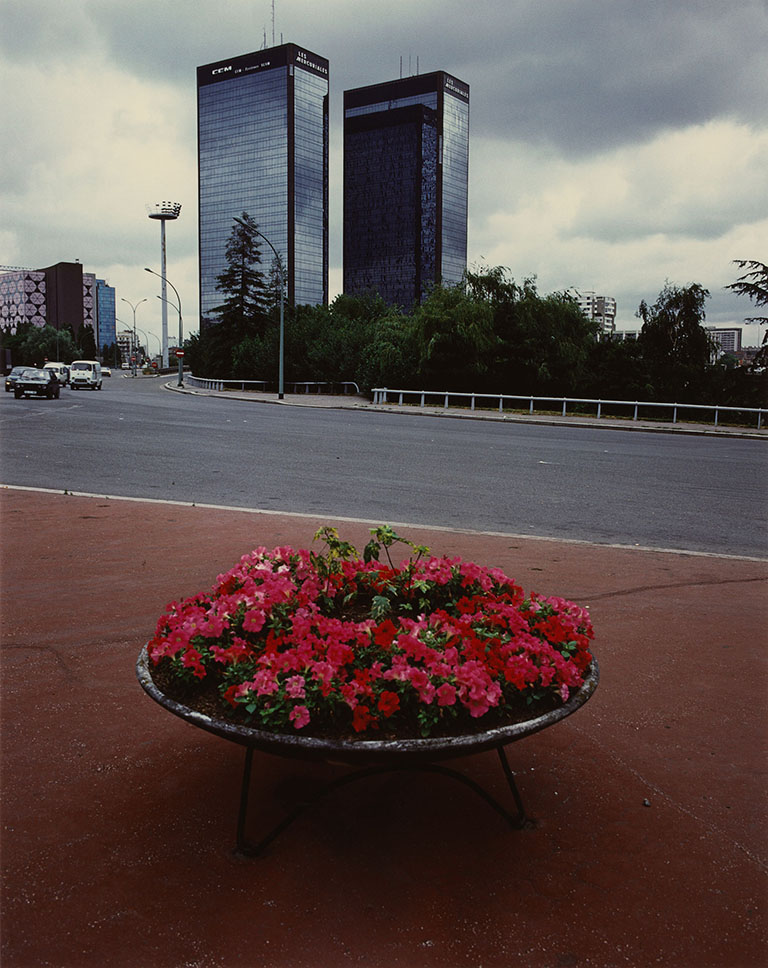
Robert Doisneau
Tours Mercuriales, porte de Bagnolet, Bagnolet (Seine-Saint-Denis), 1984
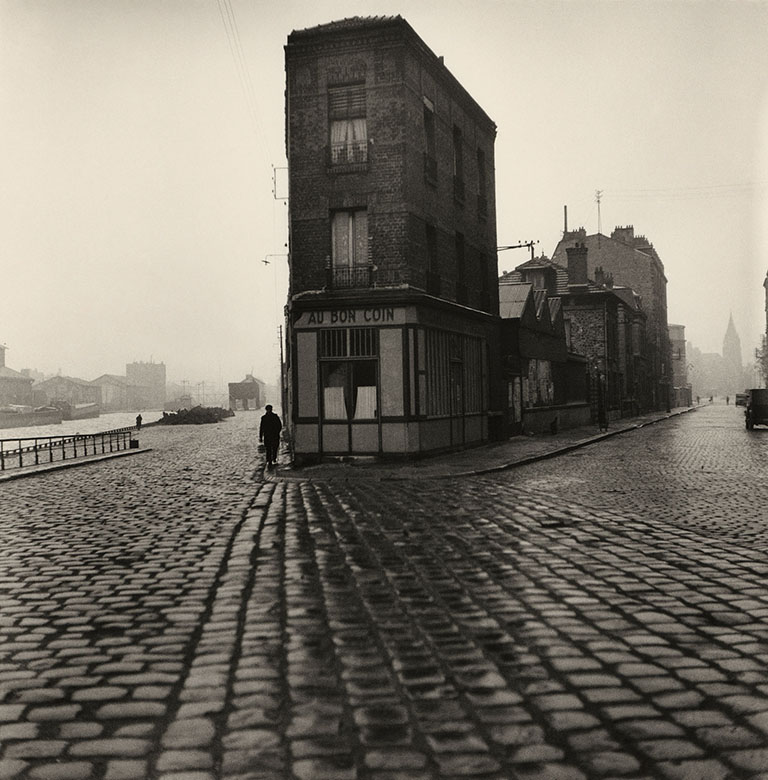
Robert Doisneau
Au Bon Coin, quai du Port, Saint-Denis, 1945
Robert Doisneau returns to his images of the Paris suburbs, taken in the 1940's just after World War II. He rediscovers in color the world his images helped to shape in the collective memory. The perspective of this great humanist photographer, oldest member of the mission, has become more critical of the times and highlights the end of the age of major housing projects.
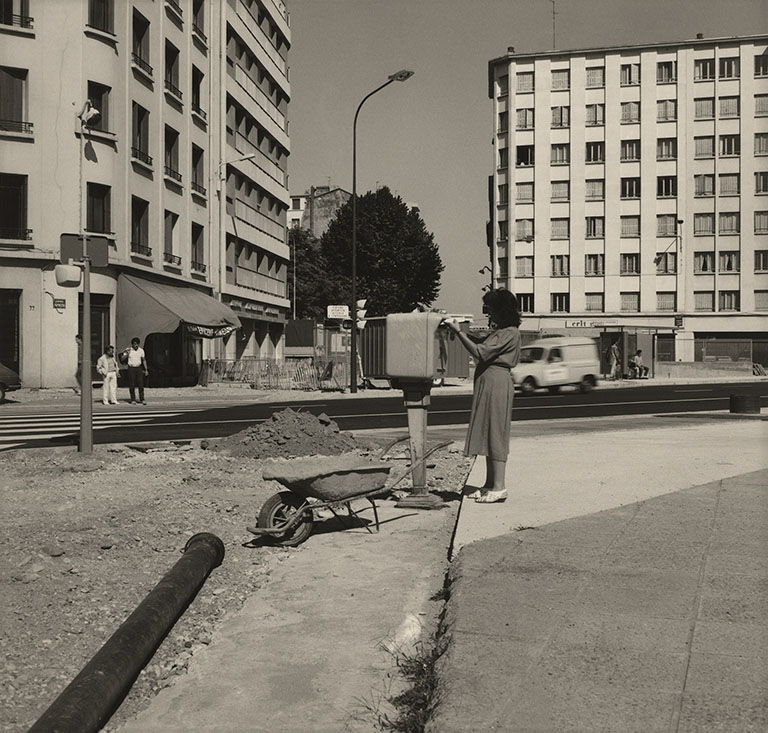
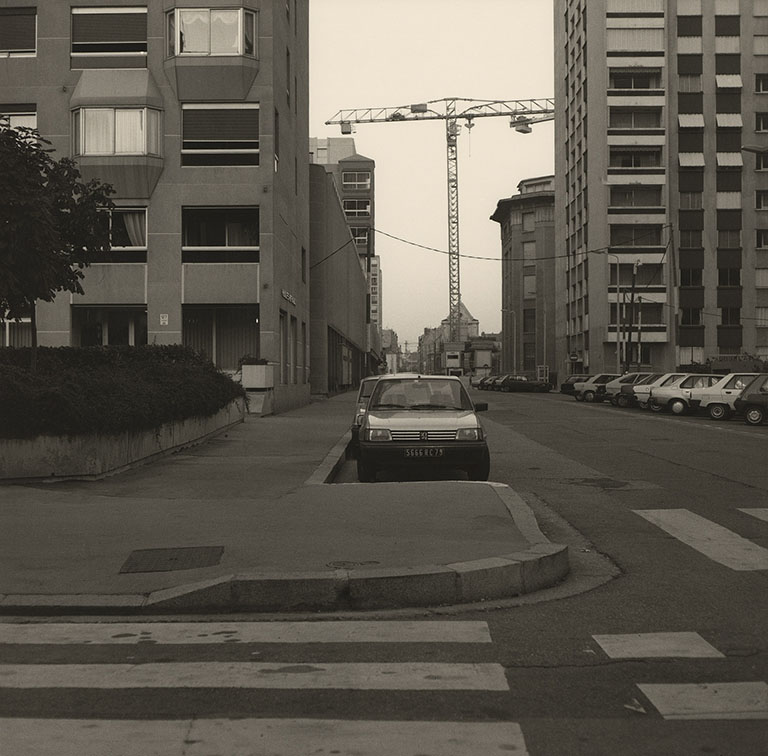
Dominique Auerbacher
Lieux communs nº 42, 1987
Dominique Auerbacher enters the city, follows the discrete, often immobile silhouettes which give it life. Time seems to stand still in these ordinary gestures, in these common places, places of a generic city with a diluted identity. Without warning, the photographer leads us from city to city, across borders, and plays on the analogies of these ordinary public spaces.
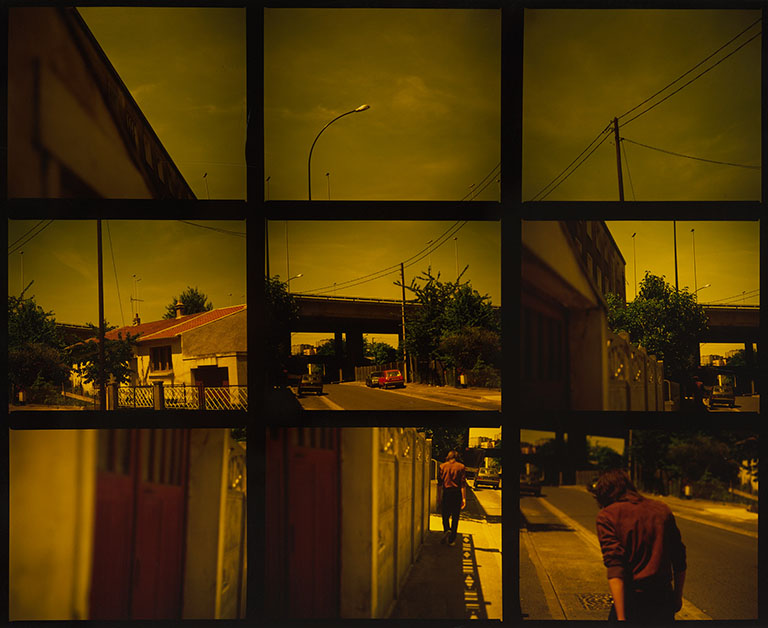
Tom Drahos
Noisy-le-Sec (Seine-Saint-Denis), 1986

Tom Drahos
Chevreuse (Seine-et-Oise), 1986
Tom Drahos presents us with an unrecognizable aspect of the Paris suburbs, anchored in time but free-floating in space. The landscape explodes and forms a collection of disparate monochrome views. His conception of photography as a fine art in its own right, apparent in the use of filters and in the framing of the scenes, creates a new relation with the landscape as well as with the medium.
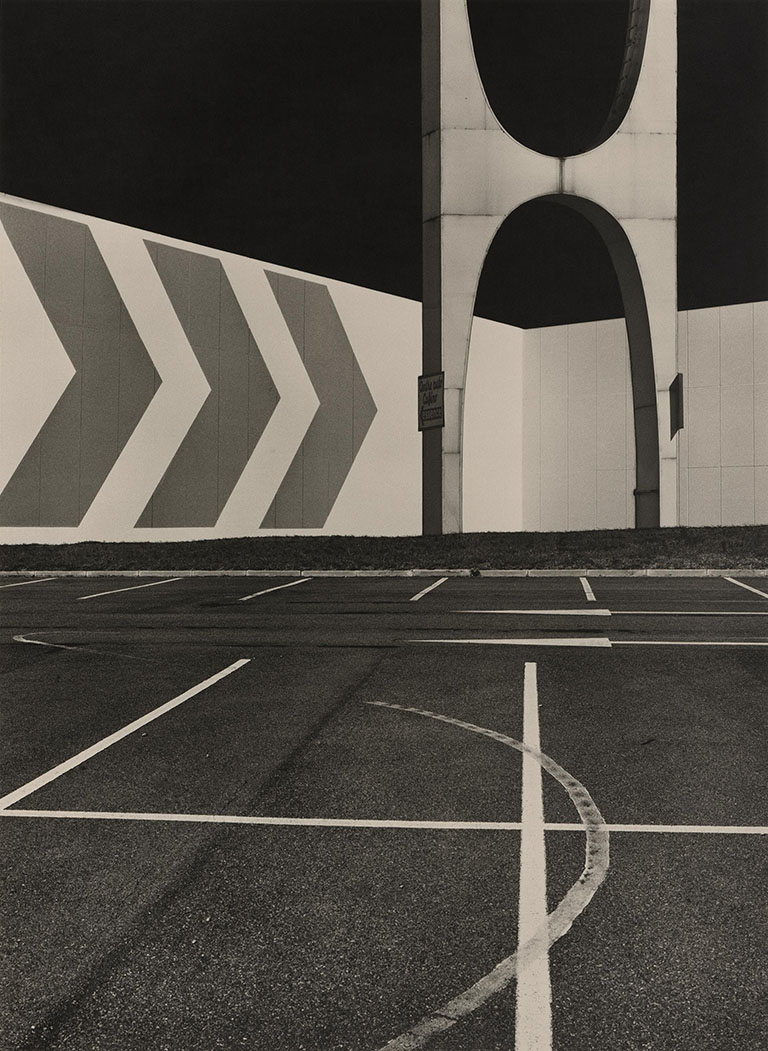
Albert Giordan
Série « Espaces commerciaux », 1984
Albert Giordan plunges into shopping centers. Thanks to digital photomontage, a technical feat at the time, advertising signs become cabalistic symbols decorating sheet-metal cubes under a deep black sky.

Holger Trülzsch
Série « Psychotopographie d’une ville », Marseille, 1986

Josef Koudelka
Montparnasse, Paris, 1986
Motorway junctions and viaducts trouble the perspective and encircle the buildings trapped in Holger Trülzsch's views of Marseilles. Urban space extends and stretches out, seeming no longer to have any limits, and even the well-anchored identity of the little fishing port of Vallon des Auffes is challenged by the threat of blocks of concrete.
As for Josef Koudelka, he chooses for the first time to use a panoramic camera to photograph the industrial and urban spaces in the North, in Lorraine and, as here, in Paris. The complexity of the composition, promoted by the stretched-out frame, confers on the subject a grandiose character, highlighted by the grain present in the image. This choice of format will become his signature approach to the landscape.
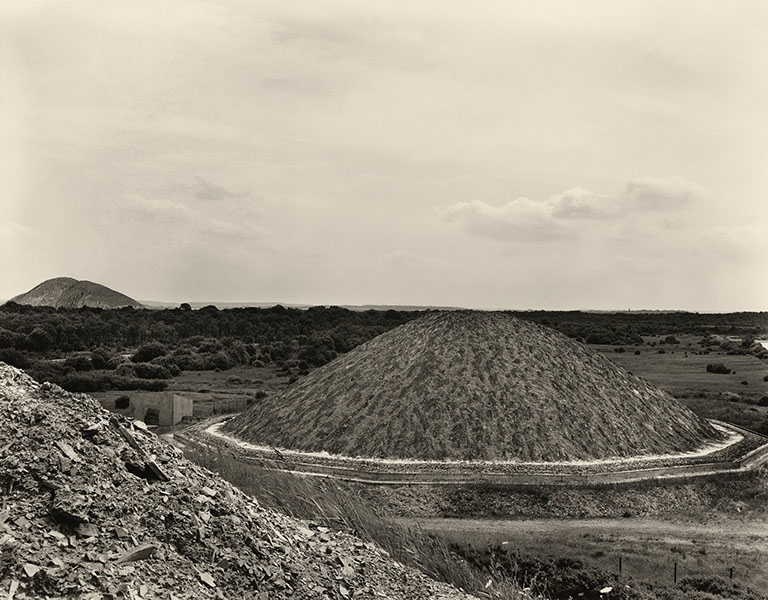
Bernard Birsinger
Wittelsheim (Haut-Rhin), 1986
Bernard Birsinger wanders through the ruins of the glorious period of industrialization.


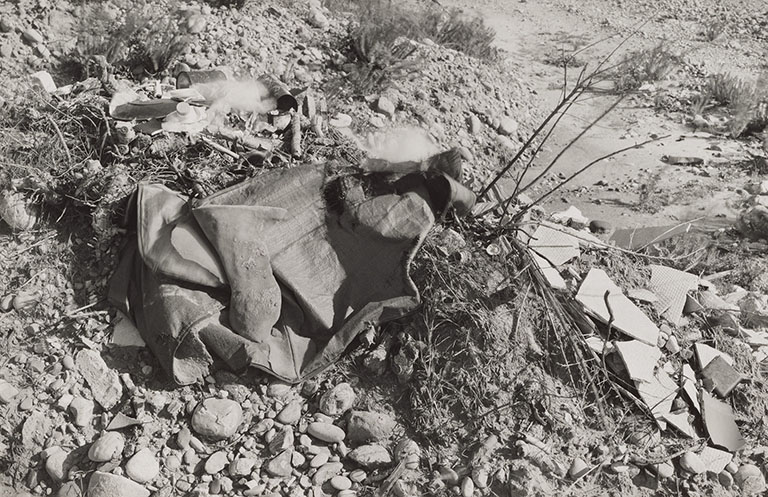
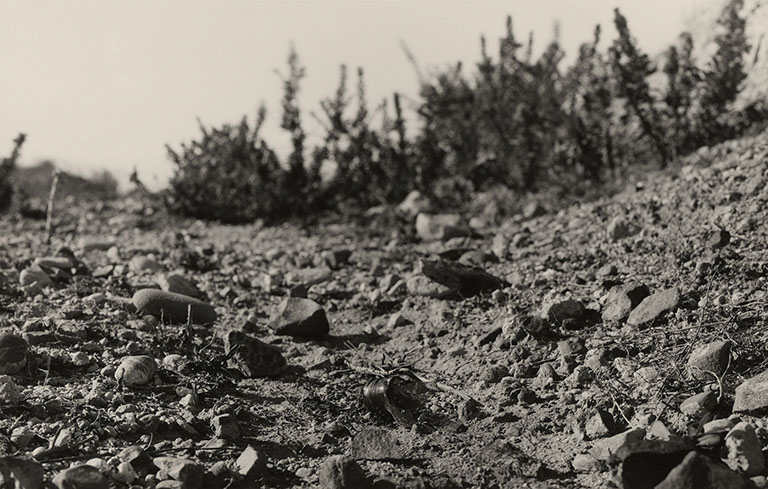
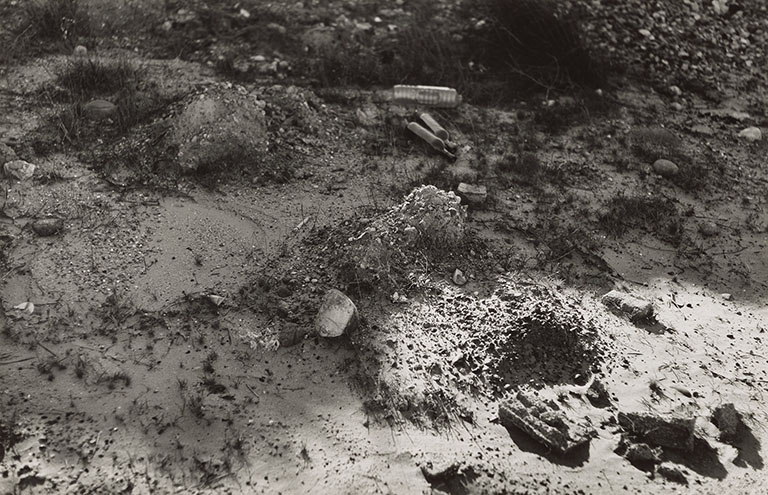
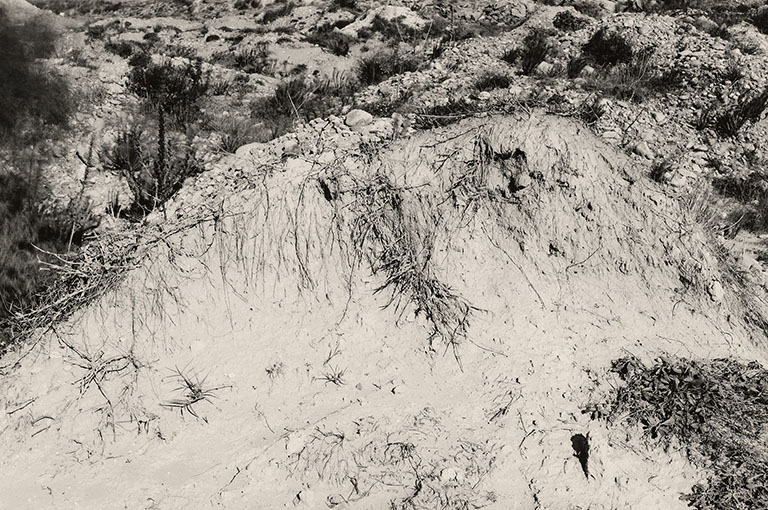
Lewis Baltz
Études des sols à Fos-sur-Mer (Bouches-du-Rhône), 1986
Under the dazzling sun of Fos-sur-Mer, the American Lewis Baltz, founding member of New Topographics, focuses with an eye to the ground, on the places of a possible renaissance for major projects. Choosing to include in his portfolio 21 prints with minimal variations from one landscape to the other, is typical of his conceptual approach.
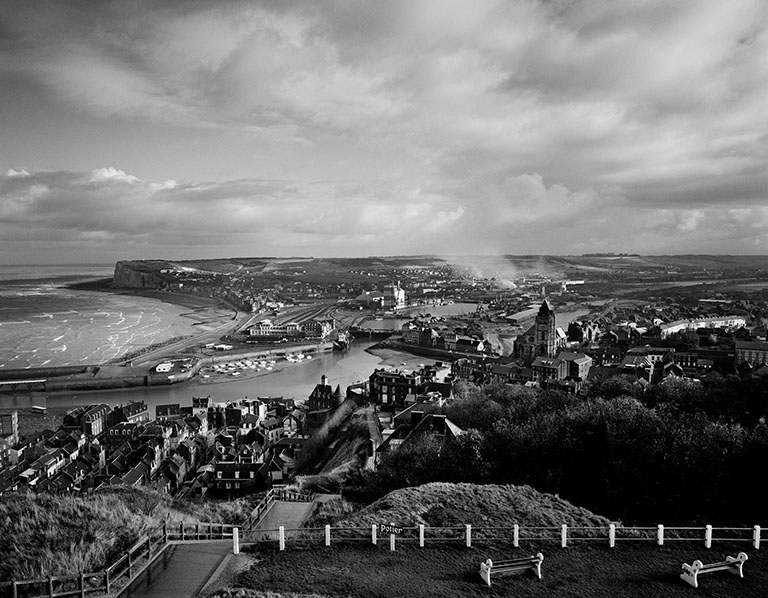
Gabriele Basilico
Le Tréport – Mers-les-Bains (Seine-Maritime), 1985
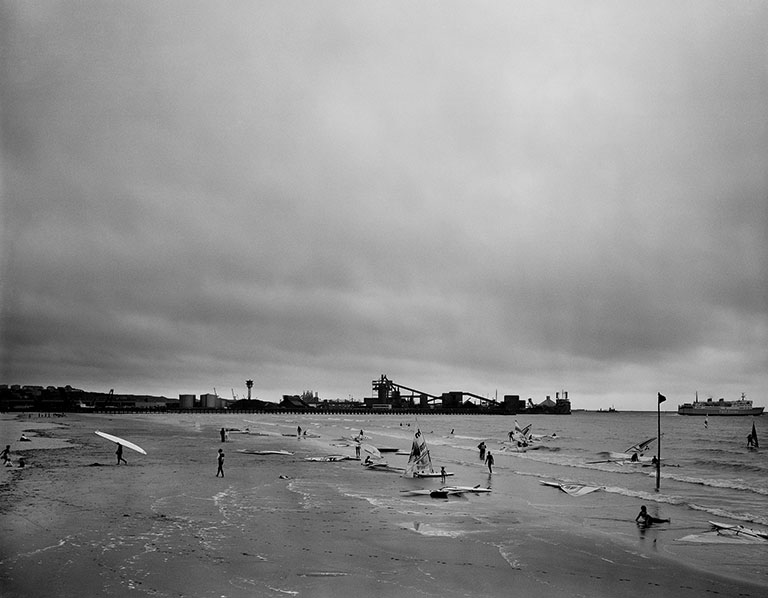
Gabriele Basilico
Boulogne-sur-Mer (Pas-de-Calais), 1984

Gabriele Basilico
Ault (Somme), 1985
The Italian photographer Gabriele Basilico goes along the Channel coast from Dunkerque to Mont Saint-Michel, alternating seaside resorts and port areas, conferring on his subjects, via a "slow look" an almost sculptural dimension.
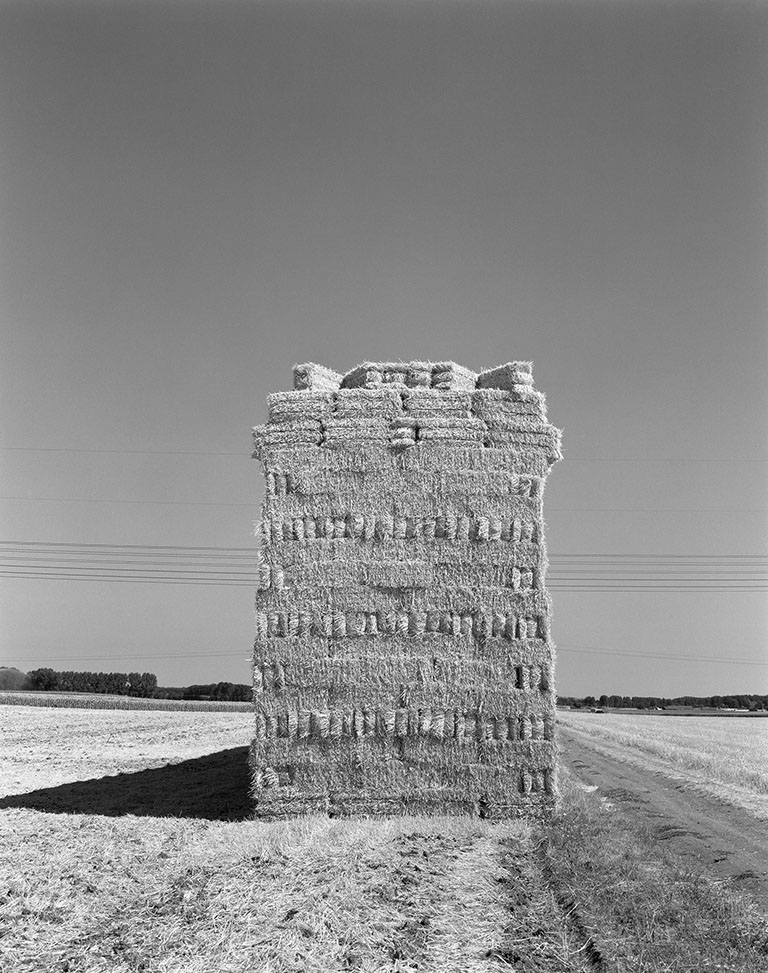
Marc Deneyer
Saint-Jouin-de-Marnes (Deux-Sèvres), 1986
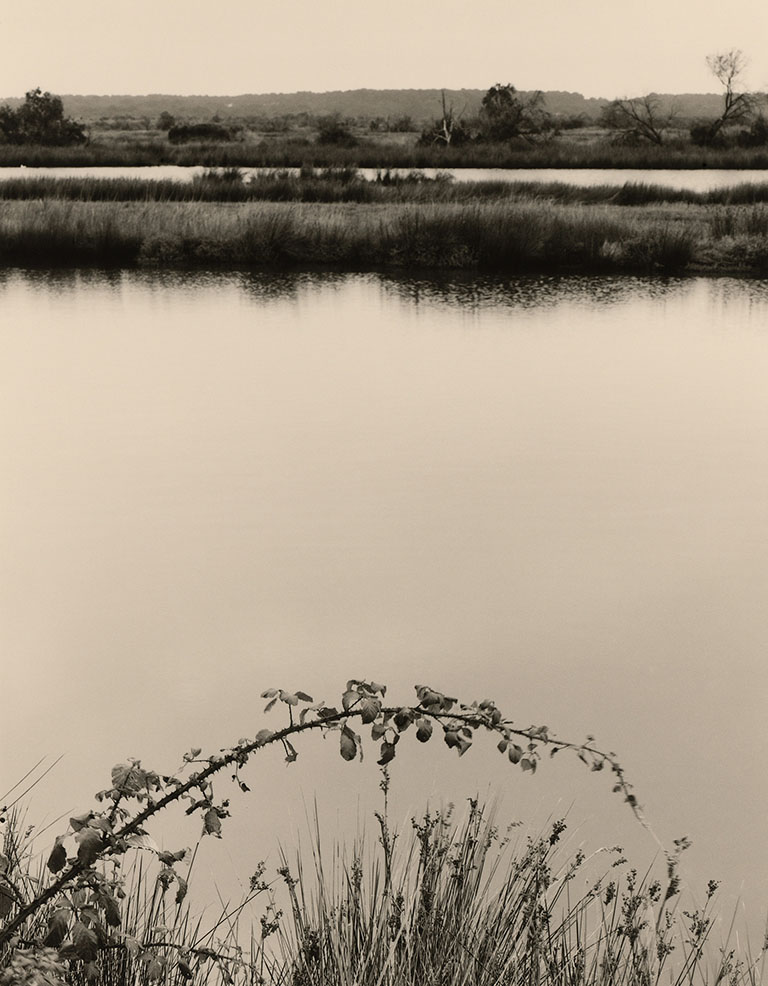
Suzanne Lafont
Série « Domaine de Certes, Audenge (Gironde) », 1986-1988
With the totems of Marc Deneyer, rising up in the middle of fields, there is a marked change in the presentation of the landscape. In the compositions of Suzanne Lafont the landscape mellows: the three elements of land, sea and sky rigorously harmonize in a succession of staggered planes.
